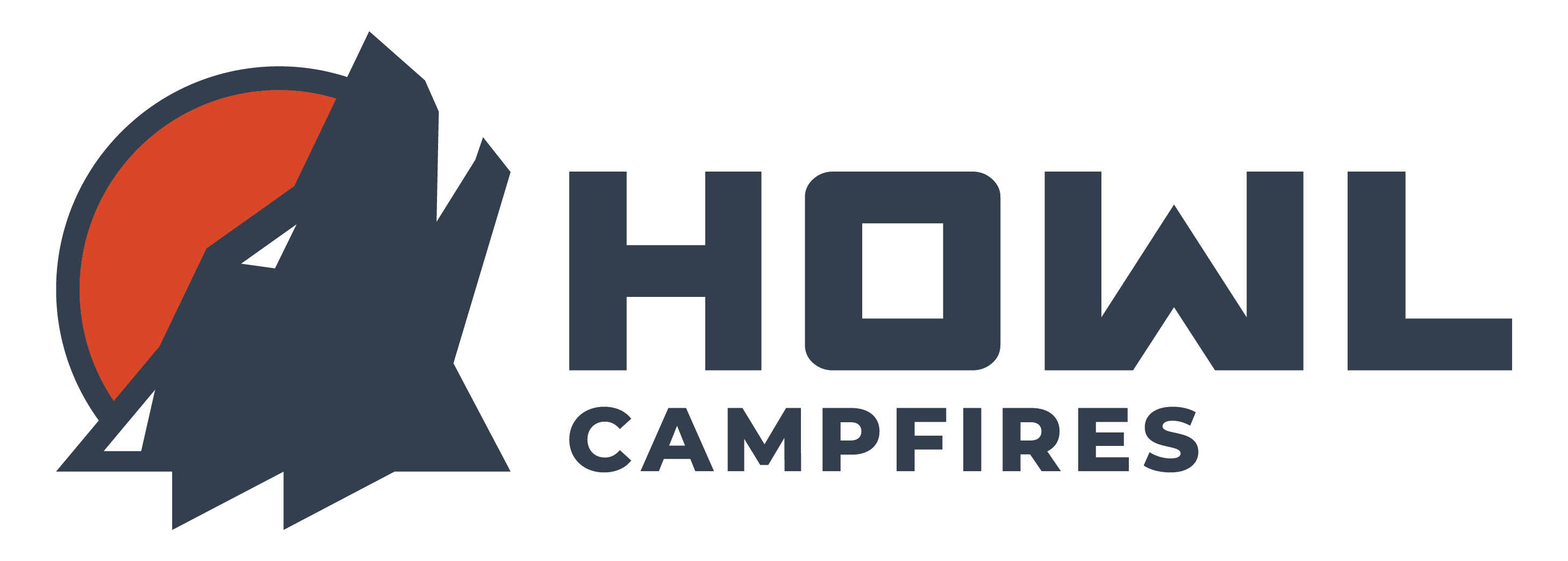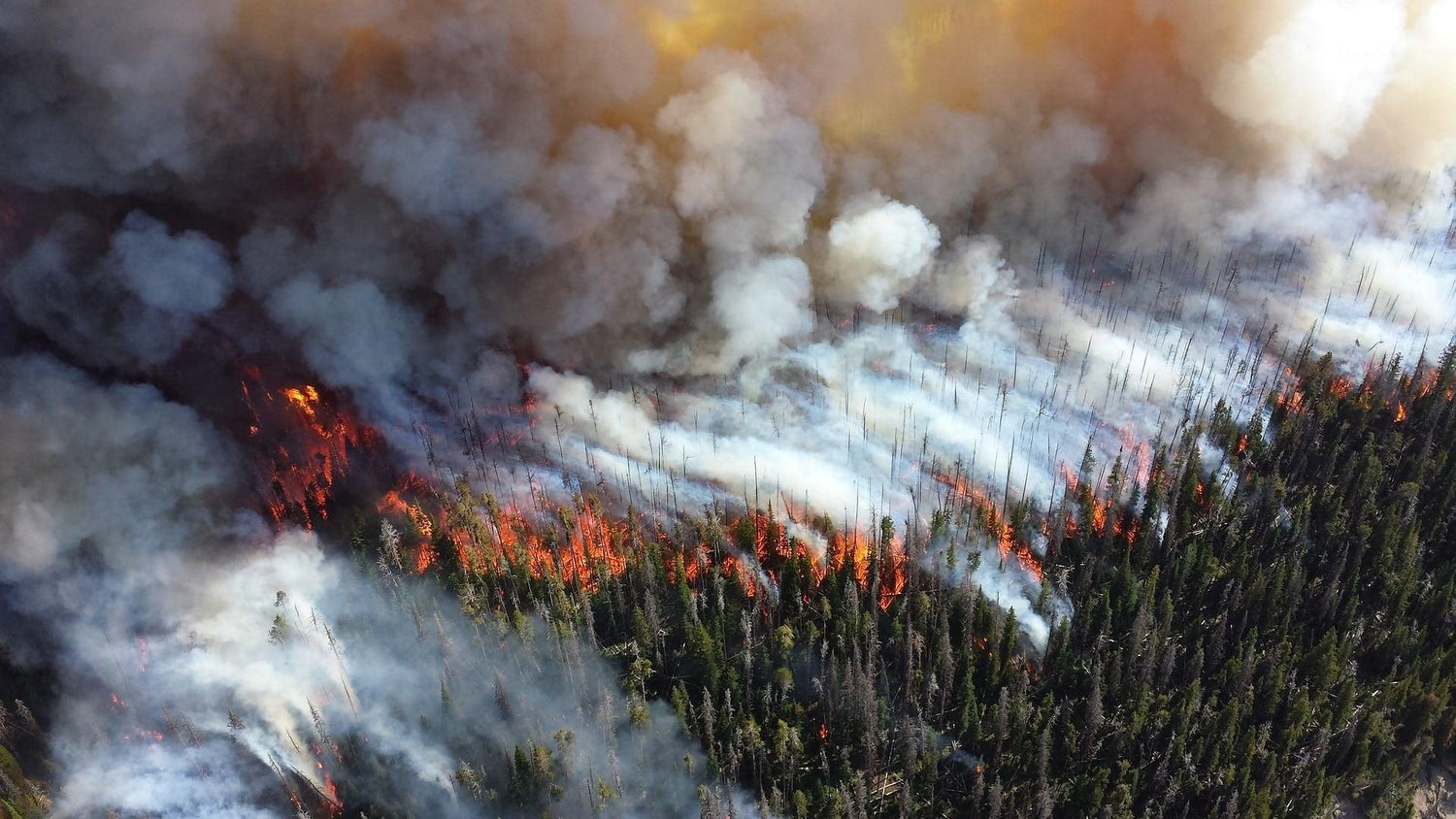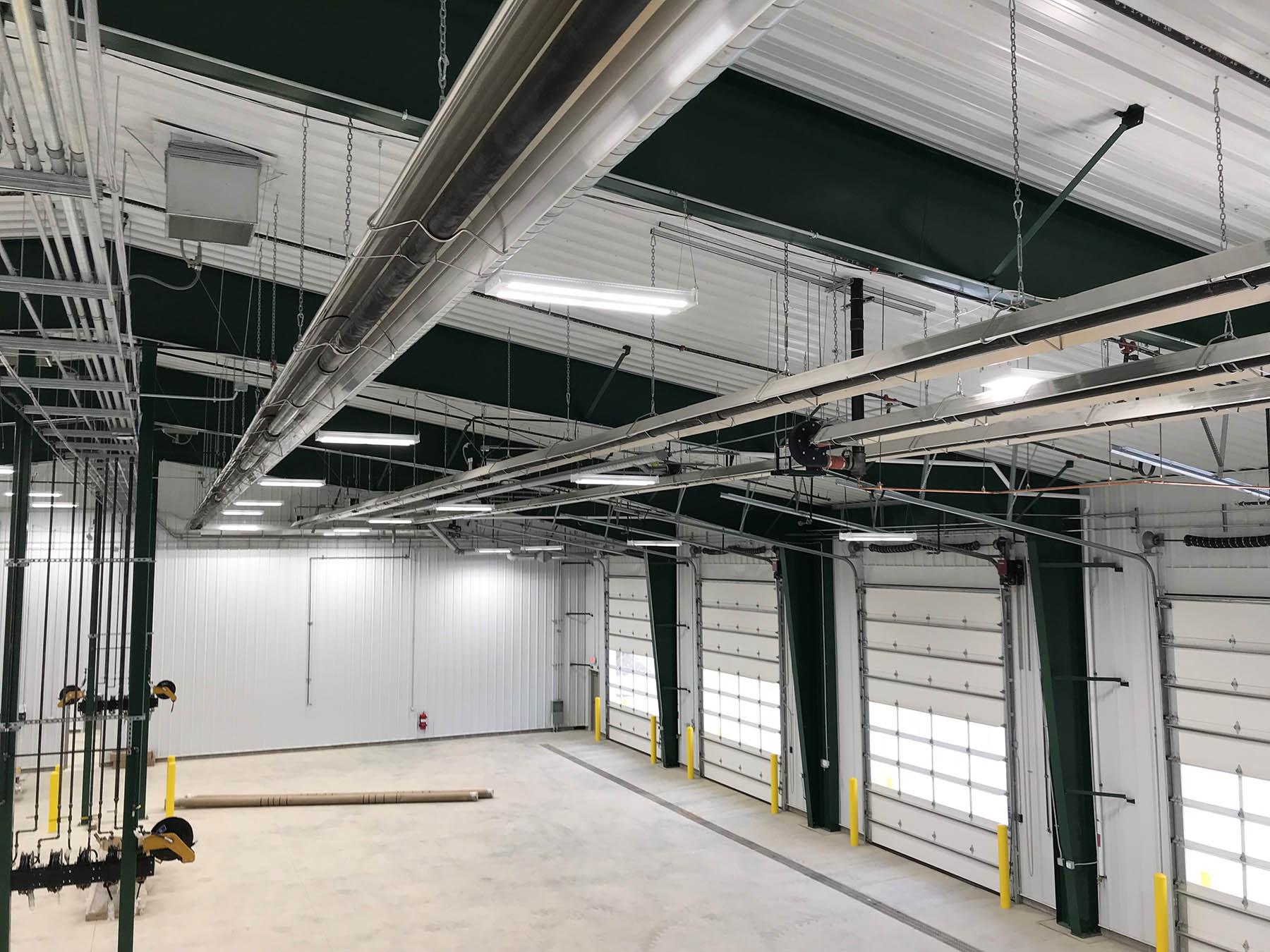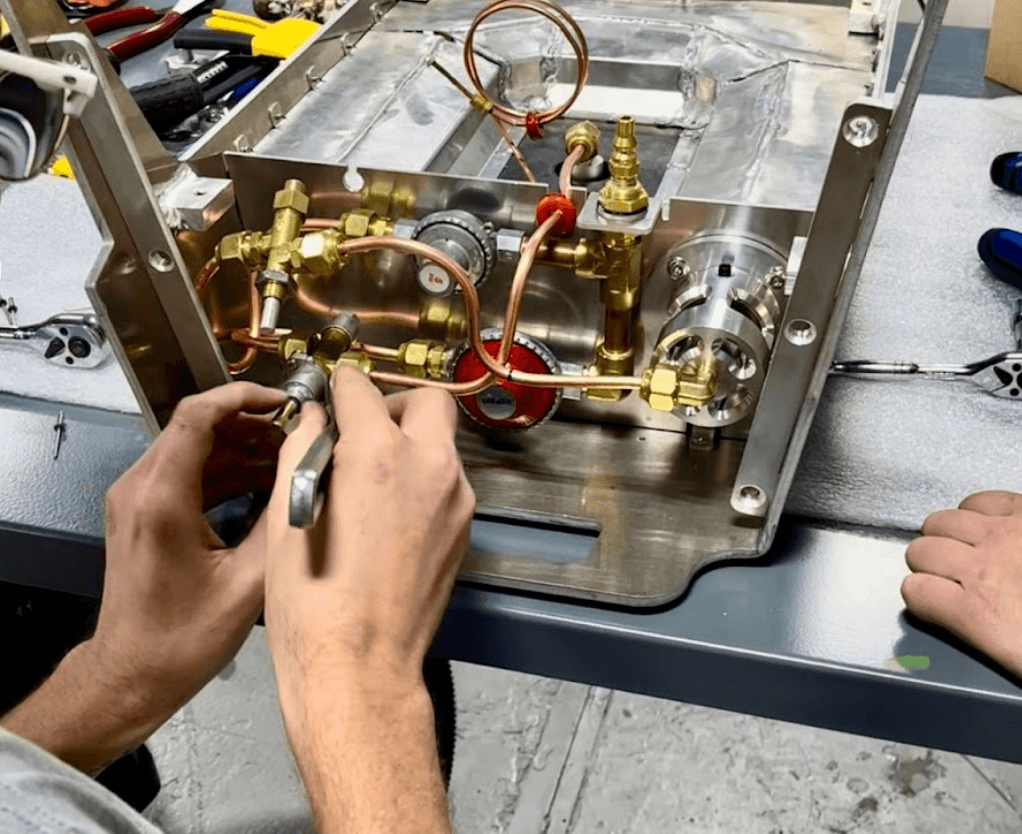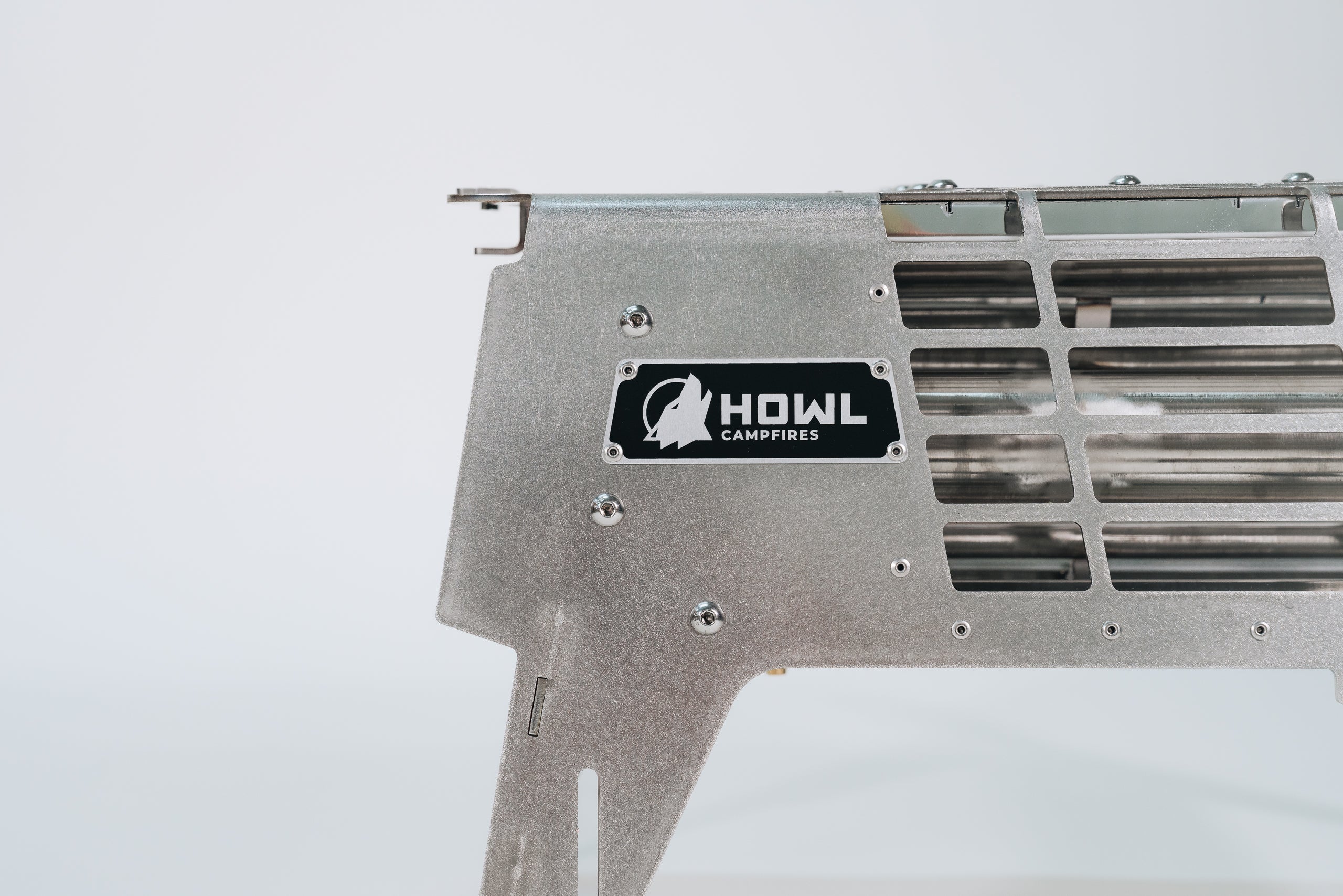Howdy Folks!
Most of y’all live in the west, so you already know. Wildfires have torched an average, 3.7 million acres of US forests each year since 2000.
That’s like burning the entire state of Connecticut, every year, for 23 years in a row.
It’s hard to wrap your head around the amount of land. How many places to ride, fish, hike, climb, camp, wheel, ski, and hunt do you think that is?

People cause most of our wildfires
It would be one thing if all this burning were just part of nature’s cycle. But it’s not. The amount of land that burns each year is growing. Back in the 1980s, an average of 2.5 million acres burned each year. In the last 10 years? The annual average has tripled to 7.5 million acres. (source: National Interagency Fire Center)
It would be nice if we could blame the increase in fires on something natural, like an increase in lightning strikes, or more volcanoes or something. But we can’t.
More than 84% of wildfires are started by humans.
It gets worse. Fires aren’t just getting bigger and more numerous, they’re getting hotter and more intense. After decades of fire suppression, our forests are more heavily loaded with fuel than at any time in history. That causes fires to burn deeper into the soil, which removes erosion-controlling root structures, kills seeds, and in some cases, makes the soil so sterile that it can’t support plant life.
A lot of our recreation areas that burn today simply won’t come back in our lifetime.
But we can’t just get rid of campfires
Our forests are suffering, but trees aren’t the only ones getting hit. We humans are too. During times of extreme fire danger, entire forests are closed to public access. Burn bans make anything more than a day trip in the woods less enticing.
We’re already spending more and more time in cities, in man-made environments, bathing our eyes in screens. Now we’re losing one of the most ancient and primal human experiences: the campfire.
The campfire is coded deep into our bodies and brains. It plays a key role at every level of Maslow’s Hierarchy of Needs. At the bottom you have water purification, hot food, and shelter from the cold. At the middle you have connection, conversation, and community. Up top, you have that sense of meaning, feeling your own place in a long line of ancestors.

Without the campfire, something fundamental to the human experience goes missing.
So we're at a crossroads. We need more campfires, not less.
But the more campfires we have, the more forests we kill, and the more our access to public land is denied. On this track, we'll lose our campfires and our forests.
Here's what we need: a propane fire pit that can keep both the forest and the campfire alive
As we work on developing the HOWL Campfire, a lot of folks are asking how it could possible be any better for forests than a regular wood fire.
It’s a good question.
Unlike a wood fire, the HOWL Campfire doesn’t make sparks that can shoot or drift out of your control. And there’s no coal bed that can get left unattended to scatter hot embers in the wind.
That’s true with most traditional propane fires, and it’s why land managers allow many kinds of propane fires in burn bans up to Stage II.
But we’re going farther. We are designing the HOWL to be certified by Underwriters Laboratories (UL), the global leader in safety testing. A UL certification means the HOWL is designed to be as safe as possible.
For instance, in one test, the ground beneath the HOWL can’t get hotter than 90º F. Considering that the BarCoal is just inches away and cranking at 1,200º F, passing that test is no small feat. And that’s just one of dozens of safety tests UL is performing.
We need to make a lot of propane fire pits
Keeping the forest alive requires more than just inventing this tool. If zero people use it, it will have exactly zero impact. We’re already seeing that problem now with the low adoption rate of traditional propane fire pits.
To really make a difference, we need to make the HOWL Campfire so delightful to use that people actually prefer it to a wood fire. That's the only way a lot of people will actually use them.
Then, we'll need to make a lot of them. And we'll need to strictly control costs in so we can sell them at a price that's in line with other pieces of technical outdoor gear.
So in order to have any real impact on wildfire starts, we have to thread a lot of needles. And if we miss on just one of them, these efforts won't even make a dent.

It feels intimidating, to be honest. The day-to-day design and manufacturing work is difficult. We’ve quit our jobs, and now we’re selling our stuff to keep funding this wild idea. It's nerve-wracking.
We're not saying this to get you down, though. We're saying it because you need to know how much your responses matter to us!
Your passionate messages, opening these emails, telling others about HOWL, even hitting like on our IG posts... every bit is so incredibly encouraging!
You're keeping us going. You're doing this work with us. And we hope very soon we can put the HOWL Campfire in your hands.
Keep carrying the fire,
– Randall, Kelly, Nicholas, and Alex
